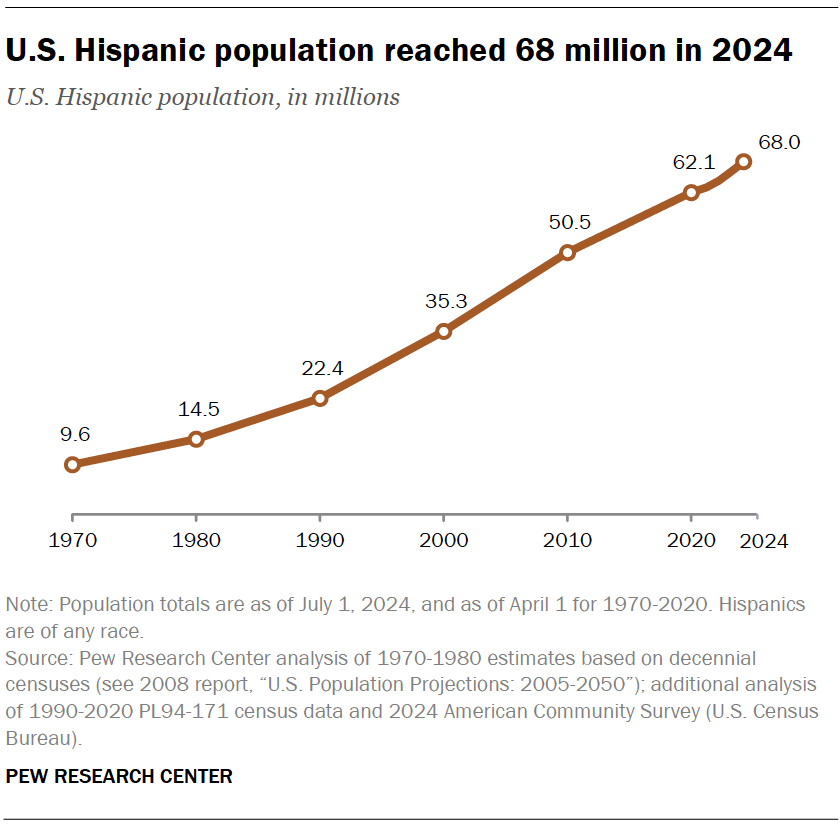Report on the 23rd General Assembly of the Ethiopian Teachers’ Association
The 23rd General Assembly of the Ethiopian Teachers’ Association (ETA) was held from October 14th-15th, 2025. The event convened educators and union leaders to address critical issues in public education, with a significant focus on aligning national efforts with the United Nations’ Sustainable Development Goals (SDGs), particularly SDG 4 (Quality Education).
Challenges to Achieving Sustainable Development Goal 4
Discussions highlighted major impediments to realizing inclusive and equitable quality education for all in Ethiopia and across Africa. These challenges directly threaten the achievement of SDG 4 targets by the 2030 deadline.
Teacher Shortages and Underfunding
The assembly identified two primary obstacles to educational progress:
- Critical Teacher Shortages: It was noted that according to UNESCO projections, 44 million new teachers are required globally to achieve SDG 4 by 2030. Sub-Saharan Africa alone accounts for a deficit of 15 million teachers. This shortage severely compromises the quality and accessibility of education.
- Insufficient Public Investment: The root cause of the teacher shortage and other systemic failures is inadequate funding. On average, African governments invest 3.8% of GDP or 15% of national budgets in education, falling short of the internationally agreed minimum benchmarks of 6% of GDP and 20% of the national budget required to adequately support SDG 4.
Strategic Initiatives and Policy Recommendations
In response to these challenges, several strategic initiatives and policy recommendations were presented to accelerate progress towards SDG 4.
The “Go Public! Fund Education” Campaign
Attention was drawn to the Education International (EI) campaign, “Go Public! Fund Education,” which is active in 26 African nations, including Ethiopia. The campaign’s core objective is to compel governments to increase public investment in education to meet SDG 4 standards. Key demands include:
- Investment in highly trained, professionally qualified, and motivated teachers.
- Development of well-resourced, safe, and healthy learning environments.
- Ensuring access to a quality public school for every child.
Advocacy for Teacher Welfare and Professional Status
The assembly underscored that teachers’ working conditions are synonymous with students’ learning conditions. To this end, a formal recommendation was made for the Ethiopian government to implement the UN Secretary General’s High Level Panel Recommendations on the teaching profession. This action is crucial for fulfilling SDG Target 4.c, which aims to substantially increase the supply of qualified teachers by making the profession more attractive and providing decent salaries and supportive working environments.
Leadership Vision and Call to Action
ETA’s Commitment to Quality and Reform
ETA President Yohannes Benti affirmed the vital role of teachers in achieving quality education outcomes. He stressed that while the contribution of all stakeholders is necessary, teachers bear the primary responsibility for implementing corrective actions. He called for increased financing for education to address the substandard conditions in most general education institutions, stating that expecting quality outcomes without adequate human and material resources is unrealistic.
A Framework for Ambitious Change
The assembly concluded with a call for unity and a strategic framework for policy reform, summarized as the “Five BIGs.” This framework serves as a blueprint for all stakeholders to advance the education agenda in alignment with the SDGs.
- Think BIG
- Plan BIG
- Invest BIG
- Act BIG
- Achieve BIG
Union leaders departed with a renewed mandate to advocate and apply pressure on public authorities until the right to quality education, as enshrined in SDG 4, becomes a reality for every child.
1. Which SDGs are addressed or connected to the issues highlighted in the article?
The article highlights issues that are directly and indirectly connected to several Sustainable Development Goals (SDGs). The primary focus is on education, but the interconnected nature of the challenges discussed also touches upon decent work, inequality, and partnerships.
-
SDG 4: Quality Education
This is the most prominent SDG in the article. The entire text revolves around the call for “quality, inclusive public education.” It discusses the challenges of teacher shortages, underfunding, and the need for better infrastructure and resources, all of which are central to achieving SDG 4.
-
SDG 8: Decent Work and Economic Growth
The article connects the quality of education to the working conditions of educators. The call for teachers to be “paid decent salaries” and have “good working conditions” directly aligns with the principles of decent work. The argument that teaching should be an “attractive and first choice profession” also relates to creating productive and fulfilling employment.
-
SDG 10: Reduced Inequalities
By advocating for “a quality public school for every African and Ethiopian child,” the article addresses the goal of reducing inequalities. Ensuring universal access to quality education is a fundamental way to provide equal opportunities and promote social and economic inclusion for all children, regardless of their background.
-
SDG 17: Partnerships for the Goals
The article implicitly addresses this goal by describing the collaborative efforts of various stakeholders. The Ethiopian Teachers’ Association (ETA) and Education International Africa (EIA) are working together, and they are calling on governments to implement recommendations from the United Nations. This demonstrates the civil society and public partnerships needed to achieve the SDGs.
2. What specific targets under those SDGs can be identified based on the article’s content?
The article’s content points to several specific targets within the identified SDGs:
-
Target 4.1: Universal Primary and Secondary Education
The call to “ensure educational quality and improving student learning outcomes” and provide “a quality public school for every African and Ethiopian child” directly supports the aim of Target 4.1, which is to ensure all children complete free, equitable, and quality primary and secondary education.
-
Target 4.c: Increase the Supply of Qualified Teachers
This target is explicitly addressed when the article highlights the severe teacher shortage. Dr. Sinyolo states, “UNESCO projections show that 44 million new teachers are needed to achieve SDG 4 by 2030, 15 million of them in Sub-Saharan Africa alone.” The demand for “highly trained, professionally qualified, motivated and supported” teachers is a direct call to action for this target.
-
Target 8.5: Full and Productive Employment and Decent Work
The article’s emphasis on improving the professional lives of educators connects to this target. The statement, “Our teachers should be paid decent salaries; they must have good working conditions,” is a clear demand for the “decent work” component of Target 8.5.
3. Are there any indicators mentioned or implied in the article that can be used to measure progress towards the identified targets?
Yes, the article explicitly mentions quantitative data and benchmarks that serve as indicators for measuring progress.
-
Indicator for Education Financing
The article provides a clear financial indicator related to SDG 4. It states that “on average, African governments invest 3.8% of Gross Domestic Product (GDP) or 15% of the national budget in education instead of the internationally agreed minimum benchmarks of 6% and 20%, respectively.” This provides a direct measure of government commitment to education (expenditure as a percentage of national budget and GDP), which can be tracked against the established international benchmarks.
-
Indicator for Teacher Supply (Target 4.c)
The article quantifies the teacher shortage, noting that “44 million new teachers are needed to achieve SDG 4 by 2030.” This number serves as a baseline of need. Progress towards Target 4.c can be measured by tracking the reduction in this deficit and the increase in the number of qualified teachers entering the profession annually. This relates to Indicator 4.c.1, which measures the proportion of teachers with minimum required training.
4. SDGs, Targets, and Indicators Table
| SDGs | Targets | Indicators |
|---|---|---|
| SDG 4: Quality Education |
Target 4.1: By 2030, ensure that all girls and boys complete free, equitable and quality primary and secondary education.
Target 4.c: By 2030, substantially increase the supply of qualified teachers. |
Government expenditure on education: The article notes that African governments invest an average of 15% of the national budget, below the 20% benchmark.
Teacher shortage numbers: The article states that 44 million new teachers are needed by 2030 to achieve SDG 4. |
| SDG 8: Decent Work and Economic Growth | Target 8.5: By 2030, achieve full and productive employment and decent work for all. | Working conditions and salaries: The call for “decent salaries” and “good working conditions” for teachers implies that these are currently below standard and can be measured to track progress. |
| SDG 10: Reduced Inequalities | Target 10.2: By 2030, empower and promote the social, economic and political inclusion of all. | Access to quality public schools: The goal of providing “a quality public school for every African and Ethiopian child” implies measuring the equity of access and quality across different regions and populations. |
Source: ei-ie.org







